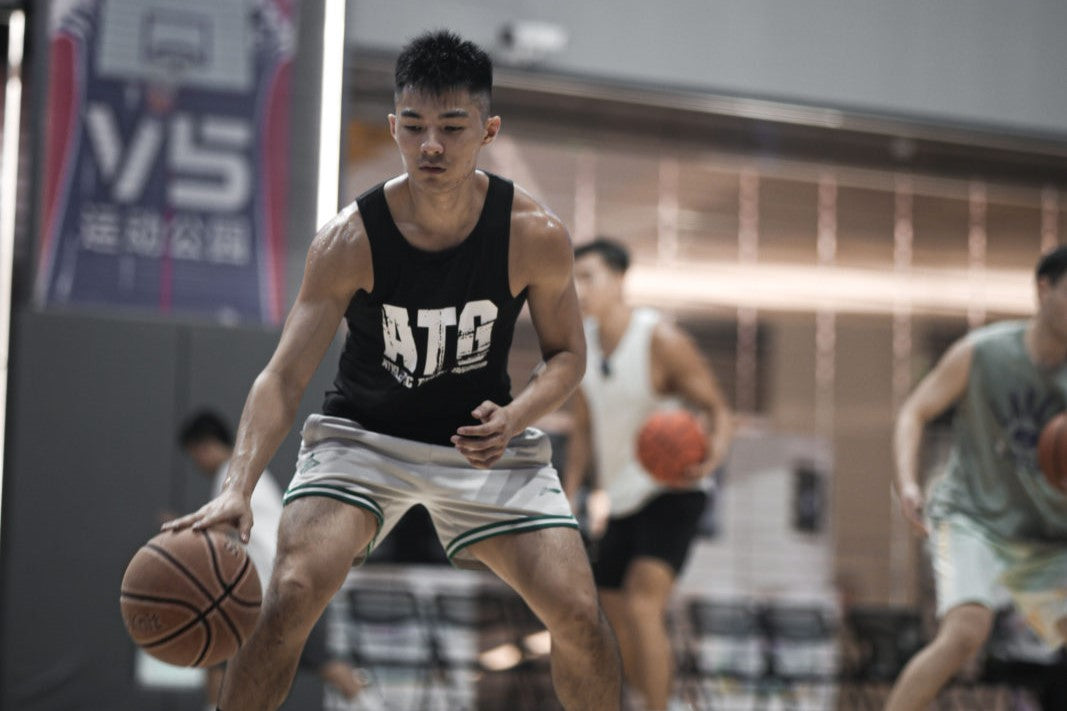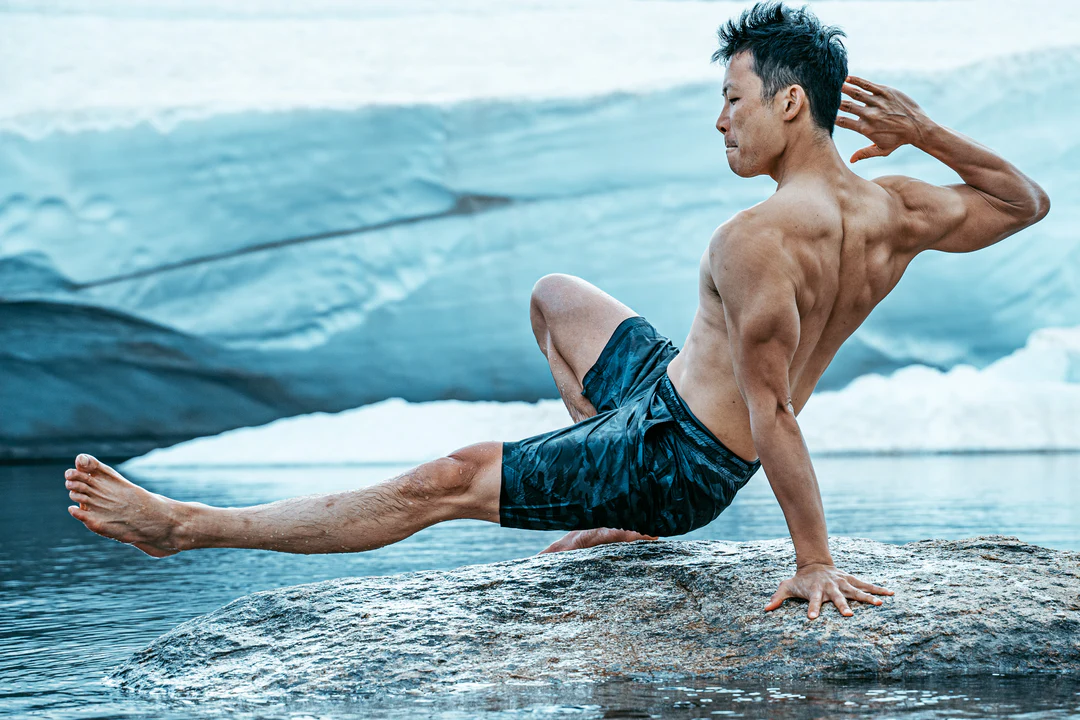【Weightlifting Shoes & Running Shoes recommendations】Tips for buying sports shoes, a series of high-quality trail running shoe recommendations, and frequently asked questions about sports shoes.

Since the outbreak of the pandemic, more and more people in Hong Kong have been paying attention to their health and actively participating in various sports activities! Each sport takes place in a particular setting and is different in nature, so it's important for us to choose the appropriate sports shoes accordingly. For weightlifting, it is recommended to wear weightlifting shoes, while long-distance running is best suited for running shoes. If you are a beginner, you can also refer to our recommendations for beginner running shoes to make your choice! Regardless of your level, remember to choose the right pair of running shoes. Wearing inappropriate sports shoes can potentially lead to injuries!

1) Detailed descriptions of suitable sports shoes for each activity:
There are several sports commonly practiced by Hong Kong people, such as jogging, fitness training, basketball, etc. In the the following:
1. Trail Running
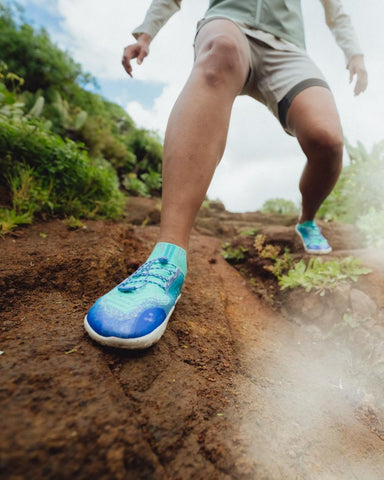
When it comes to trail running, it is recommended to choose trail shoes with strong traction and overall support. Through special shoe construction, these shoes allow us to maintain balance and stability while running on uneven surfaces. A good pair of trail shoes typically have the following features:
1. Strong Traction: Trail running shoes typically have strong traction, with outsoles featuring prominent treads or studs that provide sufficient grip and slip resistance on unstable and rugged surfaces.
2. Flexible Sole: Trail runners need to adapt to different terrains continuously. Therefore, a flexible and lightweight sole is needed to enhance foot sensitivity and allows for quick responses to varying slopes and uneven surfaces, protecting the feet through their natural mechanisms.
3. Protective Design: Trail running shoes often have reinforced protective features near the toe area, some even have a rock plate, to prevent runners from injuring their toes when accidentally kicking rocks or other obstacles.
4. Wide Toe Box: Trail runners often encounter rugged terrains, which is why they need a wide toe box that allows their toes to spread out and have more room to grip the ground. This provides greater support to the feet by offering a larger surface area.
2. Jogging/Jogging Shoes
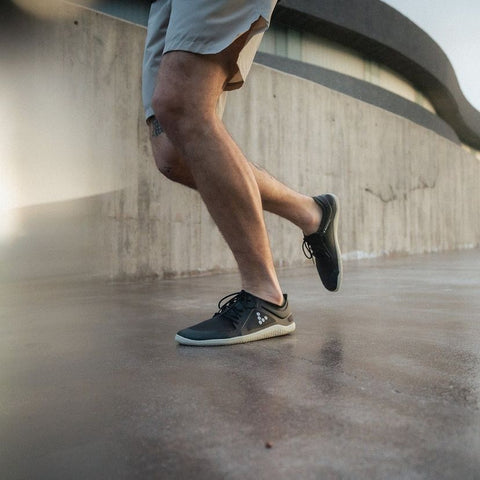
Jogging shoes are specially designed shoes that provide sufficient comfort, breathability, and flexibility for joggers. The main function is to spread the load evenly, allowing runners to fully utilize their arch muscles and enjoy each run safely. Here are the main features of jogging running shoes :
1. Thin Sole: A thinner sole is beneficial for runners with shorter strides as it encourages a mid-forefoot strike. This helps strengthen the runner's natural shock-absorbing mechanism, enhances the arch muscles, and reduces the risk of injury.
2. High Flexibility: A pair of good running shoes should have a flexible sole that allows the feet to move easily, while still providing grip and leaping ability during foot strikes, maximizing the efficiency of each step.
3. High Breathability: Jogging shoes are typically made with breathable materials that ventilate the foot with every stride, keeping them cool and comfortable.
4. Lightweight: Many jogging shoes are designed to be lightweight, reducing the burden on the feet and enhancing comfort and overall wearing experience.
3. Indoor Training/Weightlifting
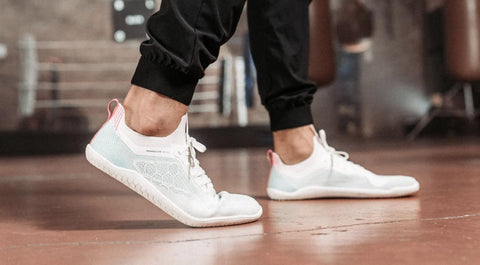
Indoor sports venues(such as gyms and indoor basketball courts) have different footwear requirements compared to outdoor venues. They often focus on lateral movements, quick changes in direction, and support for various indoor training activities. Excellent training shoes/weightlifting shoes typically have the following features:
1. Non-Slip: During training, there are often numerous jumping and turning movements. Therefore, the outsole pattern of indoor sports shoes is different from other shoes. The training tread may have a raised heel which is particularly beneficial for providing traction during lateral movements.
2. Lightweight: Indoor training shoes are typically designed to be very lightweight. This enhances comfort and overall wearing experience, allowing you to feel more relaxed and agile during your training sessions.
3.Strong Breathability: Most indoor training shoes are designed with breathable uppers, allowing moisture to escape and keeping your feet cool and dry, reducing sweat and discomfort.
4.High Flexibility: Indoor training shoes typically have excellent flexibility, which enhances foot mobility and allows toe splay and move freely, making you feel more relaxed and agile during your training sessions.
2) How to choose the right running shoes/training shoes as a beginner? Here are some tips:
As beginners often lack experience and technique, selecting appropriate sports shoes for protection is especially crucial. As a novice, you can follow these attributes when choosing sports shoes:
1.Try-On: When selecting shoes, it's important not to rely solely on shoe size. Different brands have different shoe models, and shoe sizes may not fully indicate the width of the shoe. Therefore, it's best to try on the shoes and choose based on your own foot shape (e.g. Asians generally have wider feet).
2. Shoe Functionality: Select the appropriate running shoes or training shoes based on your activity and its intensity. Choose shoes that have the necessary features and functionalities.
3. Flexibility: When selecting shoes, pay attention to the flexibility and thickness of the outsole. Choosing shoes with overly thick outsoles or insufficient flexibility can reduce the sensitivity of the foot and increase the risk of injury.
4. Toe Box Width: Regardless of the sport, having good traction for your feet is crucial for maintaining balance and agility. This is why it is important to choose sports shoes with a wide toe box, allowing your toes to have ample space to grip to the ground and enhance stability during physical activities.
3) Barefoot Sports Shoes Recommendations:
Barefoot sports shoes are typically with a wide toe box and thin sole, are designed to enhance the sensitivity of the foot and adapt to various movements such as running and jumping. These shoes have a wide range of applications and offer numerous benefits. The main advantage is that they can improve the foot's intrinsic muscle strength through training, leading to long-term enhancements in athletic performance and injury prevention.
1. Vivobarefoot - Primus Lite Knit
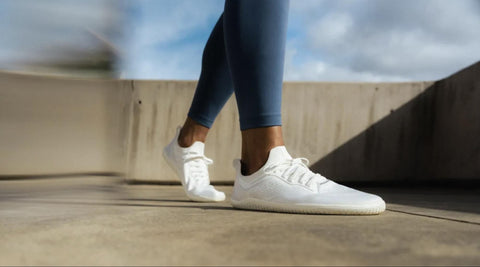
The Primus Lite Knit is a lightweight running shoe designed with a knit upper, making it suitable for jogging and any light sports activities. Like the usual barefoot shoes, it has a wide toe box and thin sole design, allowing better utilization of the foot's natural strength. The knit upper greatly enhances breathability and flexibility while providing a snug fit around the ankle which makes your training more comfortable.
2. Be Lenka Trailwalker 2.0
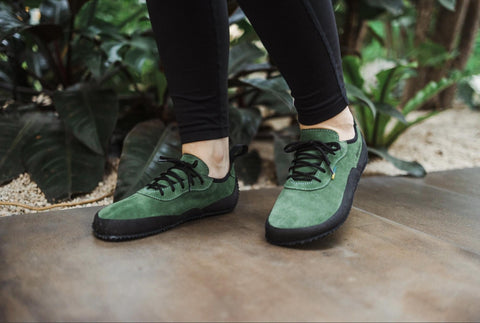
Trailwalker is a pair of foldable hiking shoes suitable for light packing or short-distance hikes. Its 4mm ultra-thin sole enhances traction, allowing hikers to fully feel the ground and enjoy the hiking experience in a more immersive way. Trailwalker's leather material provides some water resistance, making it suitable in damp environments. The 2.0 upgrade version features a lightweight insole, providing an adaptation period for those new to barefoot shoes. Once familiar with the barefoot sensation, it is recommended to remove the insole.。
3. Vivobarefoot - Primus Trail II FG
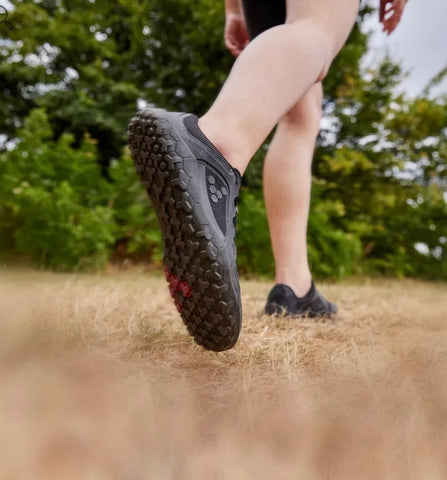
The Primus Trail II FG takes the flexibility and breathability of trail running shoes to the next level! It has a wide toe box design of barefoot shoes, allowing for natural toe splay. The lightweight and thin sole provides flexibility and allows for multi-directional movement, enhancing agility during running. The shoe greatly improves foot grip, allowing runners to quickly adapt to different terrains and increase their agility. By relying on their own foot strength, runners can protect their feet and enhance their performance.
4. Vivobarefoot - Ultra III Bloom

The Ultra III is specifically designed for mountain streams and is perfect for outdoor and water activities enthusiasts like you! It features the BLOOM Foam patented material, which is lightweight, quick-drying, and has antimicrobial properties, making it easy to maintain. Whether you encounter heavy rain or water environments, the Ultra III maintains its grip, allowing you to explore both land and water freely!
4) FAQ about barefoot sports shoes:
1. Should I choose sports shoes with thick soles for shock absorption?
Sports shoe soles should not be excessively thick and heavy as it can diminish the ability of the plantar nerve to feel the ground, thereby reducing sensitivity and increasing the risk of ankle sprains or other discomfort. When choosing sports shoes, it is recommended to opt for thinner, lighter, and more flexible soles. This helps to enhance the kinesthetic force feedback on feet, stimulate muscle gripping ability, and ultimately improve the foot's shock absorption capability.
2. How should a person with flat feet choose sports shoes?
A person with lower arches is advised to choose shoes with a wide toe box and thinner soles. This helps to enhance foot kinesthetic feedback and makes it easier to activate various foot muscles during walking or running, gradually restoring the arch. However, if you have severe flat feet, it is advised to consult a physiotherapist and choose sports shoes based on your individual condition. It is best to gradually adapt to the wearing of barefoot shoes.
3. How to care for your barefoot sports shoes?
1. Hong Kong's weather is often humid, so it is recommended to apply a layer of waterproof coating to the upper and insole of sports shoes for easier cleaning.
2. Separating indoor and outdoor sports shoes is recommended to prevent accelerated wear and tear on training shoes when used for both purposes.
3. It is advised to avoid direct sunlight when drying hand-made fiber shoes as it can damage the fiber structure and accelerate the deterioration of the shoes.
By reading this article, you've learned more about barefoot shoes and gained valuable insights in selecting a perfect pair. If you're interested in knowing more about barefoot shoes, check out the Barefoot Asia website. What’s more, stay tuned with the latest information by subscribing to our Facebook.




